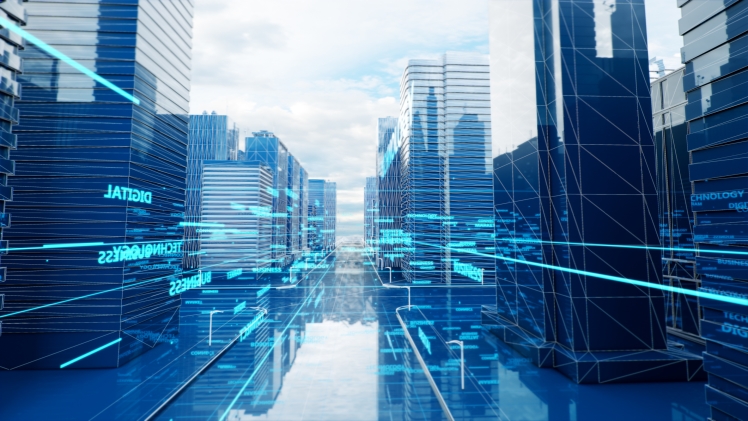When compared to other business segments and industries, changes may come to the construction industry a bit slower. However, all Industries (including the construction industry) are impacted by the growth in technologies.
They modernize following the developments and changes. The new technologies will help construction companies win many new projects and will provide for higher profits. The construction industry of the future would be more competitive and would be in a position to create greater value and sustainability.
Below are the important and major future changes that may affect the construction industry.
Widespread Use of Software
The construction industry is going to adopt the software technologies and go for full integration in the coming times. The software will manage the entire construction process, much like the ERP or enterprise resource planning software used in numerous industries.
The new software will help the various stakeholders and participants of the construction industry exchange information among themselves in real-time. The net effect of the use of the software would be a reduction in errors, lesser task delays, and reduced budgetary miscalculations.
Virtual Reality (VR) and Augmented Reality (AR)
The new technologies including virtual reality and augmented reality are already being adopted by the leading construction companies in the USA and worldwide.
The new technologies have the potential to transform the construction industry and can take it to the next level. For instance, project managers would soon be able to have a comprehensive overview of the entire project.
It would improve their planning and deliverables. Technologies including VR can provide for a reduction in errors and mistakes that are often too costly in the construction sector. Resource utilization can be optimized through the new technologies, and they can provide for lesser wastage of resources.
The construction industry is also known to face workforce shortages. As the industry modernizes, it will be soon attracting fresh and bright talent from all corners of the world.
The technological savvy professionals and workforces of the current period will be attracted to the sophisticated equipment and processes that the future construction industry will offer to them. The younger generation is going to find the construction industry a more reliable and long-term career option in the future when the industry updates itself.
New Tools and Workforce
Companies are providing more powerful tools and equipment to the construction sector and major robotic transformations can be witnessed in the sector in the coming future.
New tools, machines, and equipment that would come to the construction industry in the future would be capable of machine learning and will consist of software that will update automatically. One such device and equipment of the future is the exoskeleton.
The exoskeletons will help the workers obtain the most from the movements when they pull, carry, or lift. The new equipment would be more expensive but will reduce the daily strain. They will also provide for safer construction sites. The prices will drop after some time when more manufacturers enter the segment.
A Boom in Speed Bumps Market
Speed bumps found on roads may include rubber, plastic, steel, and other types of speed bumps. Speed bumps ensure that the speed of the vehicle is controlled and brought down, thereby proving beneficial for the safety of the pedestrians as well as the drivers.
The market for speed bumps is expanding. They are relatively more aggressive options for slowing and calming traffic when compared to the speed humps. They are a key component used in the construction industry that can avoid accidents at the driveways and the parking lots. The use of rubber speed bumps is going to be widespread in the future, as they are affordable and viable options for calming traffic that can be easily and quickly installed.
Conclusion
The new changes and future adaptations of the construction industry are going to make it a viable and attractive career option. Further, the industry is likely to be more ethical and sustainable and there would be an emphasis on green construction as well in the future.
The future construction processes are likely to be better optimized and would be producing the least of wastages. The planning and deliverables will take important cues and inputs from newer technologies including VR and IR. It would help in delivering more accurate projects, and will also enhance the safety of the construction sites and the deliverables.


